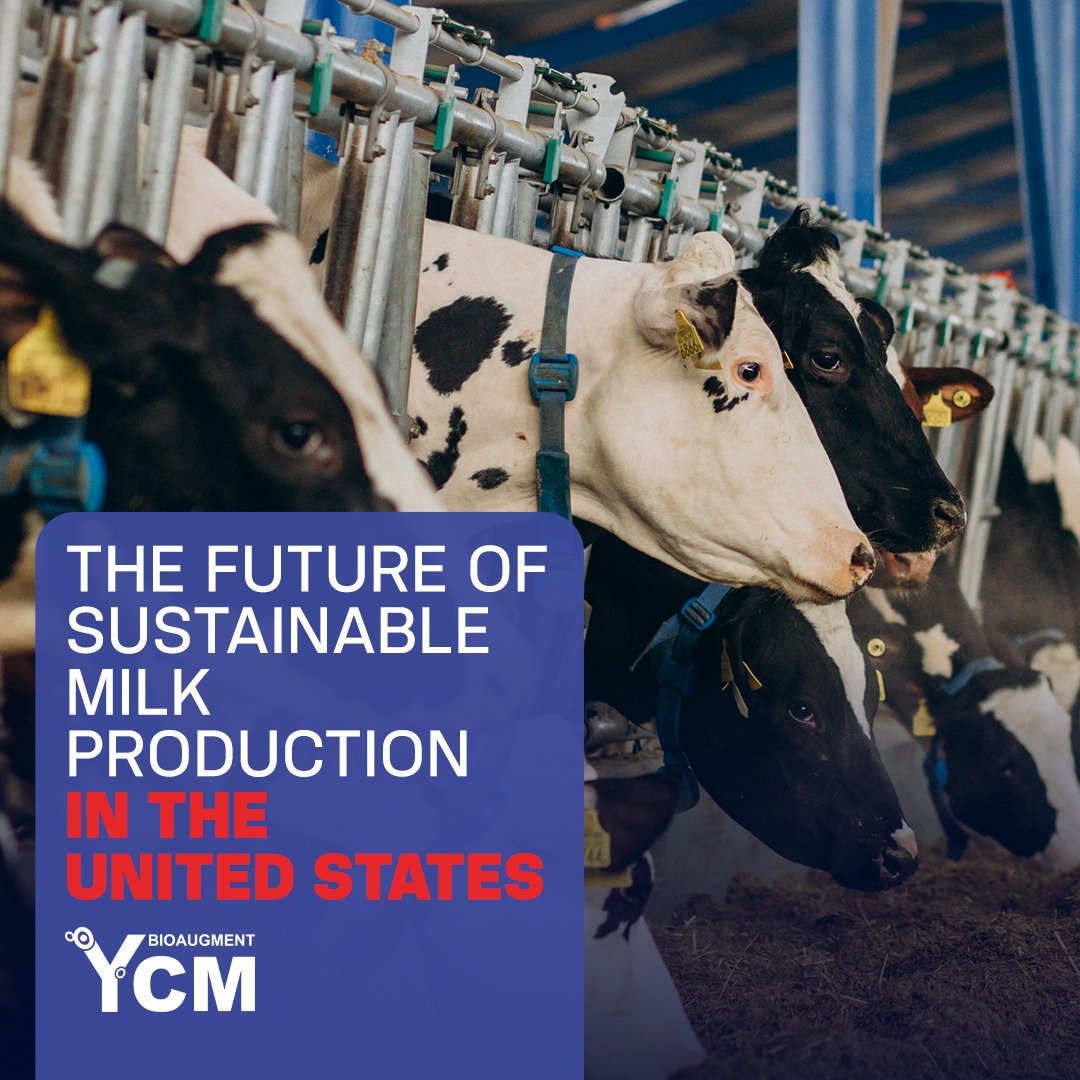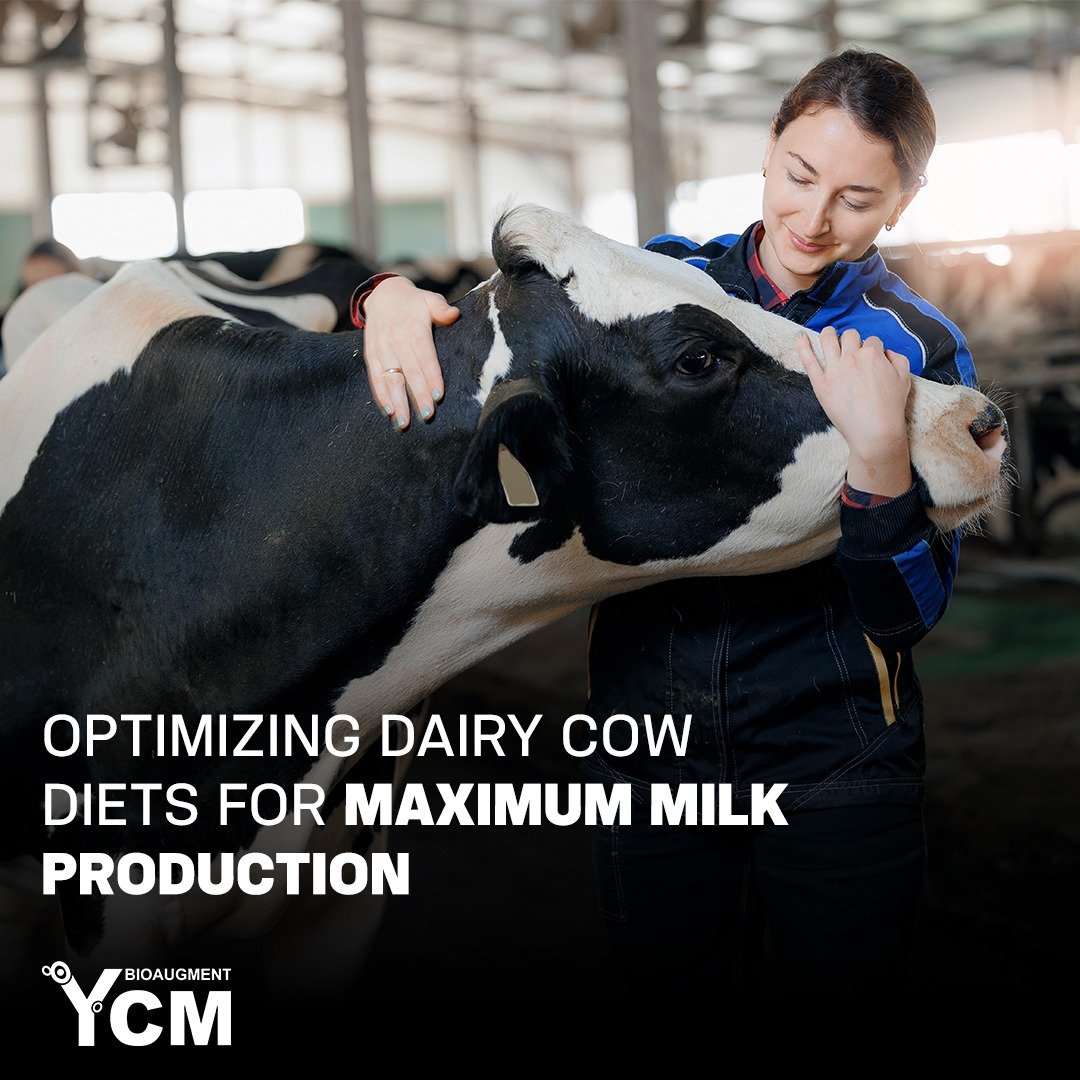Dairy farming remains one of the most dynamic sectors in American agriculture, producing over 220 billion pounds of milk annually. Yet fluctuating milk prices, rising feed costs, and consumer demand for sustainability mean that profitability hinges on more than herd size. U.S. dairy producers who adopt data-driven management, balanced nutrition, and smart technology consistently see stronger returns.
1. Precision Feeding for Maximum Milk Production
Feed is the largest expense in dairy farming, accounting for 50–60% of operating costs.
Modern U.S. dairies use precision feeding programs to match nutrient supply with cow requirements:
-
Ration balancing software analyzes forage quality and adjusts protein and energy levels daily.
-
Inclusion of postbiotics and yeast culture metabolites (YCM) improves rumen fermentation and feed conversion.
-
Regular forage testing helps maintain consistent dry-matter intake, boosting milk yield and components like butterfat.
2. Cow Comfort and Housing Design
High-performing herds thrive in stress-free environments. Proven practices include:
-
Freestall barns with deep bedding for better lying times and hoof health
-
Proper ventilation and cooling systems to combat U.S. summer heat stress
-
Consistent milking routines to reduce somatic cell count and prevent mastitis
Comfort translates directly into more milk per cow and fewer veterinary costs.
3. Reproductive Efficiency and Genetic Selection
Fertility drives lifetime production. U.S. producers enhance profitability by:
-
Using genomic testing to select for traits like high butterfat and low somatic cell counts
-
Monitoring heat detection with activity trackers or pedometers
-
Implementing a structured calving interval to maintain peak lactation cycles
4. Technology and Data-Driven Management
From robotic milkers to cloud-based herd management software, technology reduces labor costs and improves decision-making. Real-time data on milk yield, feed intake, and health alerts helps farmers react quickly to changes and maintain consistent profits.
5. Sustainability and Market Positioning
American consumers increasingly value sustainable dairy farming. Practices such as:
-
Manure digesters for renewable energy
-
Reduced methane emissions through feed additives
-
Water-recycling systems
Not only lower the environmental footprint but also appeal to retail buyers seeking “low-carbon milk,” improving long-term margins.
Key Takeaways
-
Optimize feed efficiency with balanced rations and innovative additives like YCM.
-
Prioritize cow comfort to increase milk production and reduce health issues.
-
Adopt technology for precision herd management and better reproductive outcomes.
-
Market sustainability to capture premium prices and consumer trust.
Profitable dairy farming in the USA blends tradition with innovation. By focusing on animal welfare, data analytics, and nutrient precision, farmers can navigate volatile markets and secure stronger, more resilient businesses.






